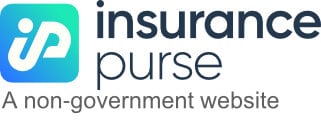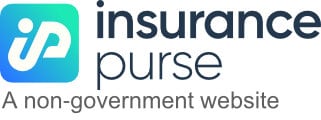\Buckle up because today, we’re diving into the nitty-gritty of auto insurance. Let’s break down the basics of auto insurance so you can hit the road with confidence.
Unveiling The Basics of Auto Insurance: What Every Driver Needs to Know
Whether you’re a seasoned driver or a newbie behind the wheel, understanding the fundamentals of auto insurance is crucial. So, let’s start with the basics.
Deciphering Coverage Options: What Does Auto Insurance Actually Cover?
Auto insurance isn’t one-size-fits-all—it comes with a variety of coverage options to suit your needs. Liability coverage protects you if you’re at fault in an accident, covering damages to the other party’s vehicle and medical expenses. Collision coverage kicks in to cover repairs to your vehicle if you’re involved in a collision, while comprehensive coverage takes care of damages from non-collision incidents like theft, vandalism, or natural disasters. Understanding these coverage options is key to making informed decisions about your insurance policy.
Navigating Premiums and Factors Affecting Your Rates
Now, let’s talk money—specifically, your auto insurance premiums. Several factors influence how much you’ll pay for coverage, including your age, driving history, location, type of vehicle, and coverage limits. Younger drivers and those with a history of accidents or traffic violations typically pay higher premiums. On the flip side, maintaining a clean driving record, bundling policies, and opting for higher deductibles can help lower your rates. It’s all about finding the right balance between coverage and affordability.
Choosing the Right Coverage for Your Needs
With so many coverage options available, choosing the right policy can feel overwhelming. Start by assessing your needs and budget. If you drive an older vehicle, you may opt for basic liability coverage to meet legal requirements without breaking the bank. On the other hand, if you have a newer or more valuable car, you might consider adding collision and comprehensive coverage for added protection. Don’t forget to review your coverage periodically and adjust as needed to ensure you’re adequately protected.
The Importance of Understanding Insurance Terminology
Auto insurance comes with its fair share of jargon, from deductibles and premiums to limits and exclusions. It’s essential to understand these terms to make informed decisions about your coverage. A deductible is the amount you’ll pay out of pocket before your insurance kicks in, while premiums are the ongoing payments you make for coverage. Coverage limits specify the maximum amount your insurance will pay for covered claims, while exclusions are situations or risks not covered by your policy. Familiarizing yourself with these terms will help you navigate the world of auto insurance with confidence.
Final Thoughts: Arm Yourself with Knowledge
Understanding “The Basics of Auto Insurance” is the first step towards protecting yourself on the road. By deciphering coverage options, navigating premiums, choosing the right policy for your needs, and mastering insurance terminology, you’ll be well-equipped to make informed decisions about your coverage. So, hit the road with confidence, knowing you’re prepared for whatever comes your way!
Auto insurance may seem complex, but mastering the basics is essential for every driver. By understanding coverage options, factors affecting premiums, choosing the right policy, and familiarizing yourself with insurance terminology, you can navigate the world of auto insurance with ease. So, here’s to safe travels and peace of mind on the open road!


















